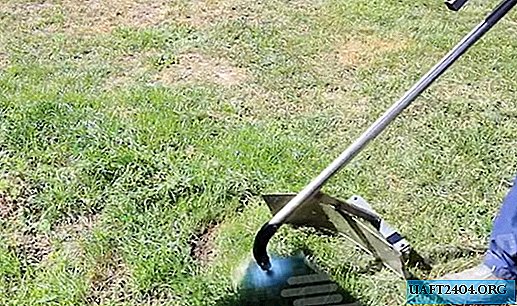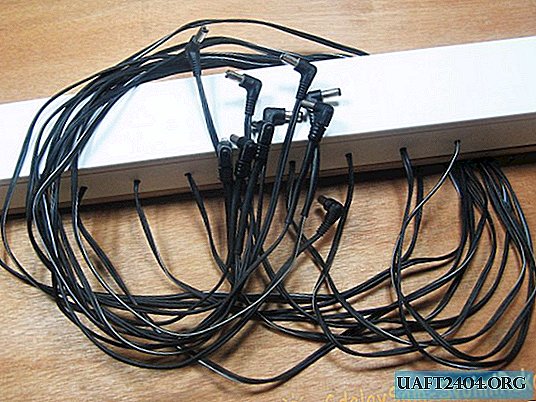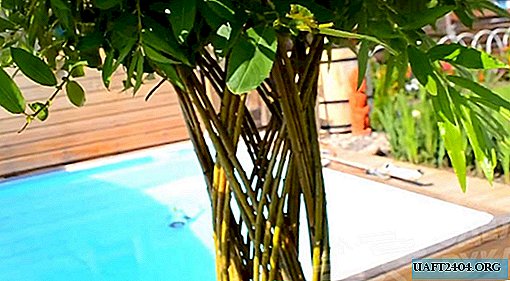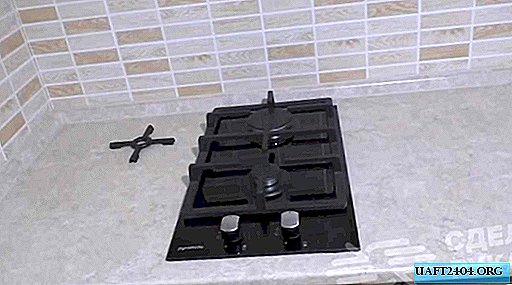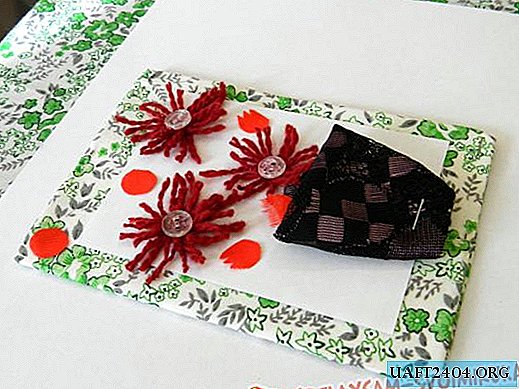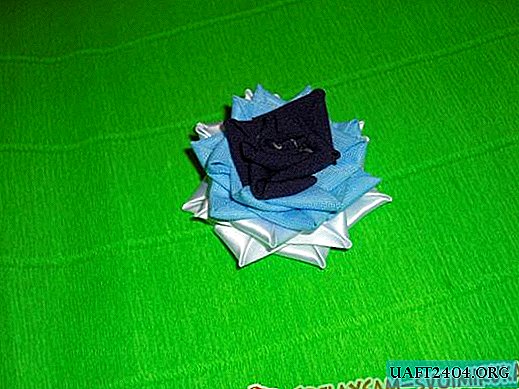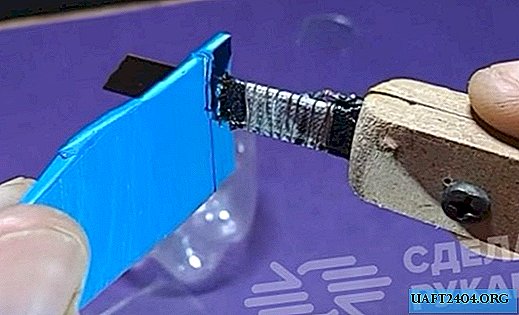Share
Pin
Tweet
Send
Share
Send
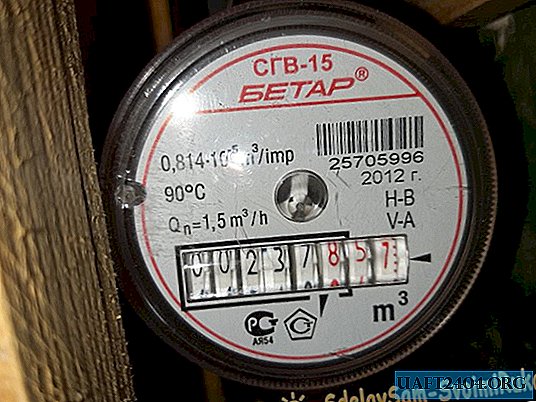
Personally, I know only three ways to check the water meter, this:
The first method: check with a special device. This is only for specialists.
Second: suitable for those who have additional counters. That is, you hang another similar meter on the tap, pass a certain amount of water and then compare the readings of one device with another. Almost like the first method, but the usual counter.
And the third way that I used. It is very simple and accessible to absolutely everyone. Will not require scarce appliances or appliances. Very fast and efficient.
Will need
- Measured container, in the role of which you can use a three-liter jar, a bottle of water, a canister. The main condition is that with it you can accurately measure the allowable volume of water. In a particularly extreme case, you can use the scales to control the water in the tank, instead of divisions, since 1 kilogram of water is 1 liter (1 cubic decimeter).
DIY water meter check
The technology is this: first of all, you need to choose one tap from which we will take water. I chose a faucet that was in the bathroom - it’s easier to place a container there. And other consumers of water of this highway need to be blocked in order to avoid an error. In my case, I temporarily shut off the tap valve on the toilet drain tank.
Now place the container under the tap. We notice the initial readings of the water meter.

The dial shows liters, the final right digit is units of liters, the second is tens.
Next, open the tap and drain a certain amount of water. In my case, I used a 10 liter bottle.
Turn off the tap and check the readings. If the meter shows more or less than 10 liters - the device is lying.

I re-check the normal device, so that everything is "head to head".
The most important thing! You must do two identical checks. One on an unhealthy water pressure when the trickle barely runs. And the other - on the maximum open tap.


Ideally, both checks should show one result.
The result of my checks
As a result of my checks, the counter almost doubled the readings! And all this in the second test, when the crane was opened as much as possible. With a thin stream showed everything almost correctly.
I called that locksmith and explained the whole situation to him. He took off the counter and set it back. And lo and behold - everything began to work as it should!
It turns out that this bad person (radish) during the first installation of the meter lost the gasket included in the kit (there are two of them, they are inserted into the connecting drives). And he cut himself like a pair of scissors from rubber. Set it to the counter input. What is there, you think? The fact is that the locksmith, when he cut the gasket, narrowed the inner hole in it. As a result, with a large pressure of water (when the tap is maximally open), a jet stream was formed, and hit directly on the counter impeller. As a result, it spun twice as fast.
Like this! I never would have thought that this could be so. So, friends, if you suspect something suspicious with your metering devices - be safe and check them yourself.
Share
Pin
Tweet
Send
Share
Send

